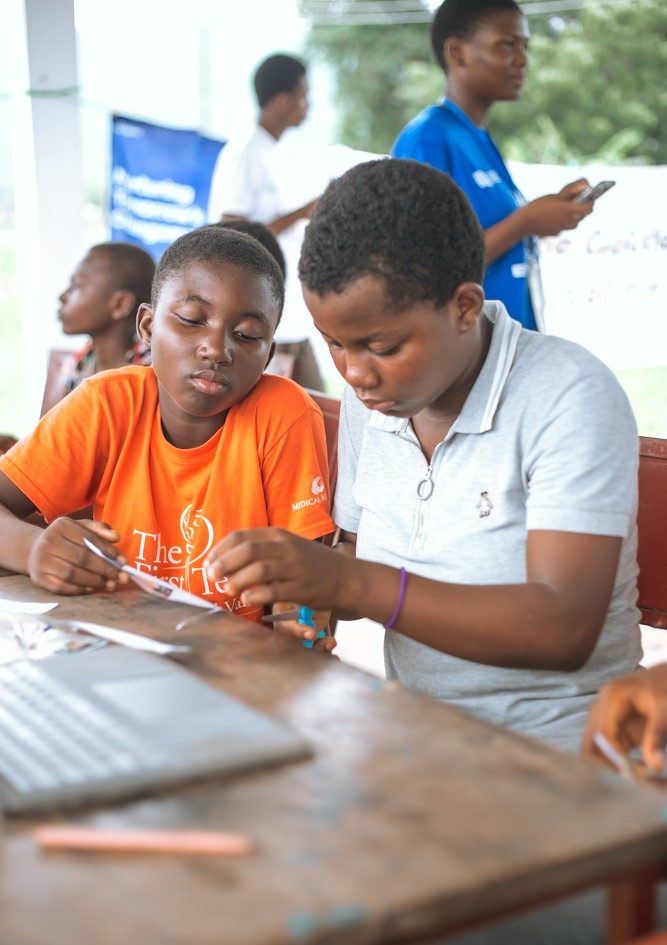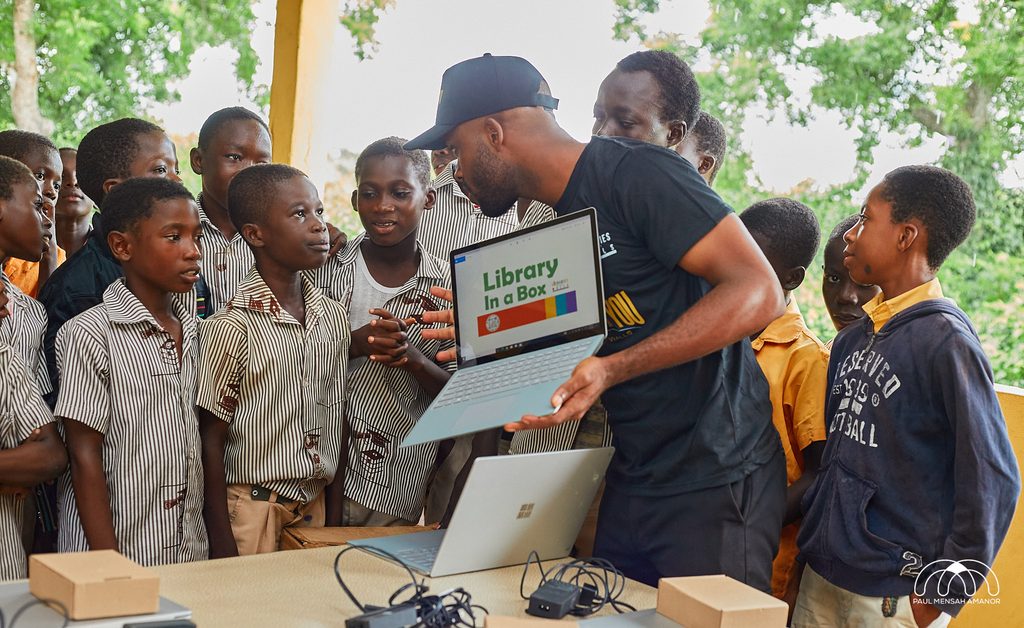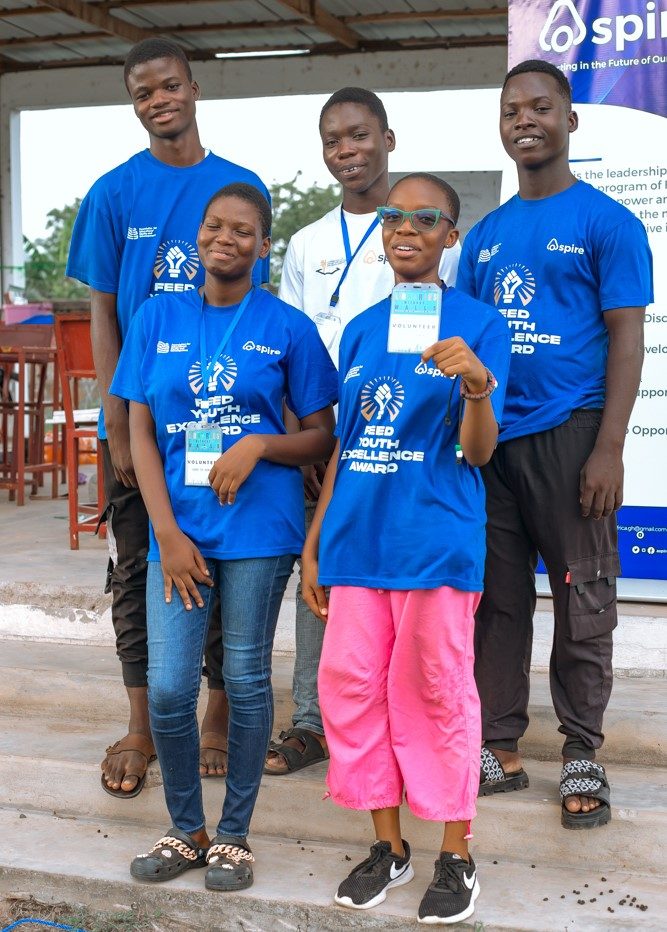Blog takeover – Lessons on the Summit of the Future
Intersectional approaches to educational equity, from Ghana to the UN
11 September 2024At the Plan International UN Liaison Offices, we are committed to elevating youth voices. Today we have a takeover of our blog by Paul Amanor, a youth leader from Ghana.
Paul is a changemaker on a mission to end educational poverty in Ghana and beyond. He is the founder of Foundation for Educational Equity and Development (FEED), which has impacted 14,000+ children, schools, and communities through its Libraries Without Walls and Aspire programs.
In this blog he will explore intersectional approaches to educational equity, highlighting examples from Ghana and offering concrete recommendations for stakeholders to create a more inclusive education systems that reach every learner, regardless of their background or circumstance.

In many underserved communities in Ghana, access to quality education is limited by locality and demographics. Students from marginalized groups, especially girls, face entrenched barriers to attainment. Intersectional inequalities-shaped by gender, race, class, and disability-converge to restrict opportunities, perpetuating cycles of exclusion.
In these communities, girls are more likely to be absent from science, technology, engineering and mathematics (STEM) classes, students from minority ethnic groups face biases in educational resources, and children with disabilities are often excluded from mainstream education. As a youth leader from Ghana, I have experienced and seen how these systemic inequalities undermine educational equity.
The Summit of the Future’s Pact for the Future emphasizes inclusive education systems, while the Declaration on Future Generations focuses on intergenerational justice, and the Global Digital Compact aims to maximize digital technology benefits. The Summit’s vision for a more just and inclusive world cannot be achieved without addressing these challenges.

Examples from Ghana
From my work in communities in Ghana, I have seen that gender biases limit girls’ career choices. Even though girls’ enrolment in school has seen a steady increase over time, a 2020 UNESCO Gender Report revealed that there is still great gender disparity in higher levels of education and, for example, in subjects related to science, technology, engineering and mathematics (STEM) – and Ghana is no exception. I’ve also witnessed how students from minority ethnic groups face biases in access to quality education, perpetuating systemic inequalities. Furthermore, socioeconomic status determines access to resources and opportunities, with students from low-income backgrounds struggling to access quality education. Additionally, students with disabilities face stigma and exclusion from mainstream education, limiting their potential.

My recommendations for Stakeholders at the Summit of the Future
World Leaders and UN Agencies:
- Prioritize inclusive education policies in the Pact for the Future
- Integrate intersectionality into education frameworks to align with the Declaration on Future Generations
- Invest in youth led organizations addressing the determinants of educational inequity.
INGOs and Civil Society Organizations:
- Support grassroots initiatives addressing intersectional barriers
- Promote inclusive education practices and policies
National Governments:
- Allocate resources for inclusive education infrastructure and digital technologies
- Implement policies addressing intersectional barriers, aligning with the Global Digital Compact
Educators and School Administrators:
- Participate in teacher training programs addressing intersectional biases
- Promote inclusive pedagogies and challenge harmful stereotypes
Community Leaders:
- Engage in initiatives promoting cultural sensitivity and challenging harmful stereotypes
- Support inclusive education practices and policies
Private Sector and Technology Companies:
- Develop accessible digital technologies ensuring equal opportunities for students with disabilities
- Support initiatives addressing intersectional barriers in education
Conclusion
We must continue to acknowledge the complex barriers faced by marginalized groups, especially girls. Since it is young people who face the brunt of these inequities in the education systems of underserved communities, it is important that we give young people the tools, the voice, the resources and the space to innovate, influence policy, and drive change in their communities.
Paul Amanor and Plan International are participating in the International Gender Champion’s Youth Champions Programme, which seeks to amplify the voices of a vibrant generation of future leaders and highlight their role as catalysts for positive change.
Categories: Education, Skills and work, Uncategorized, Youth empowerment


